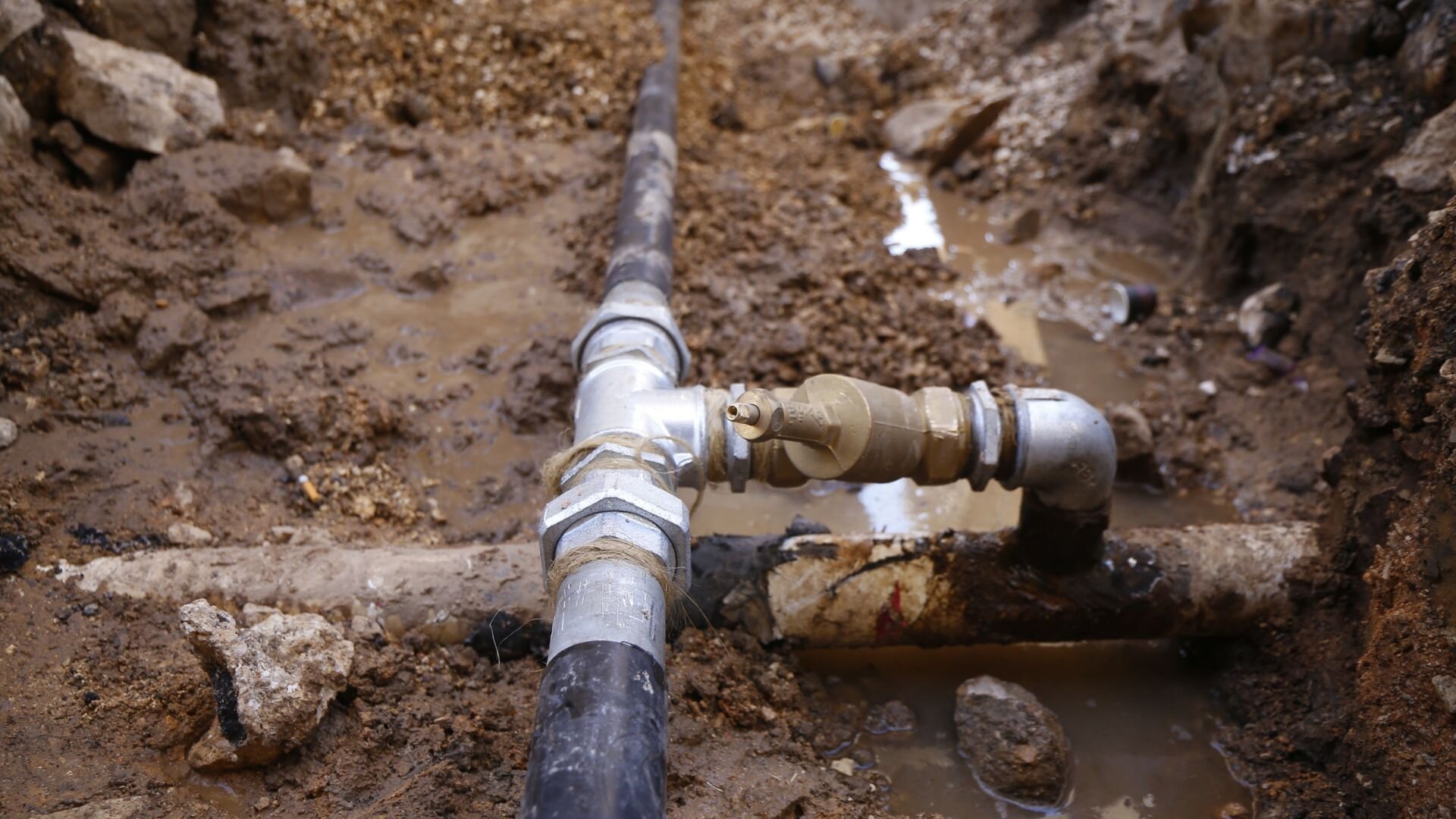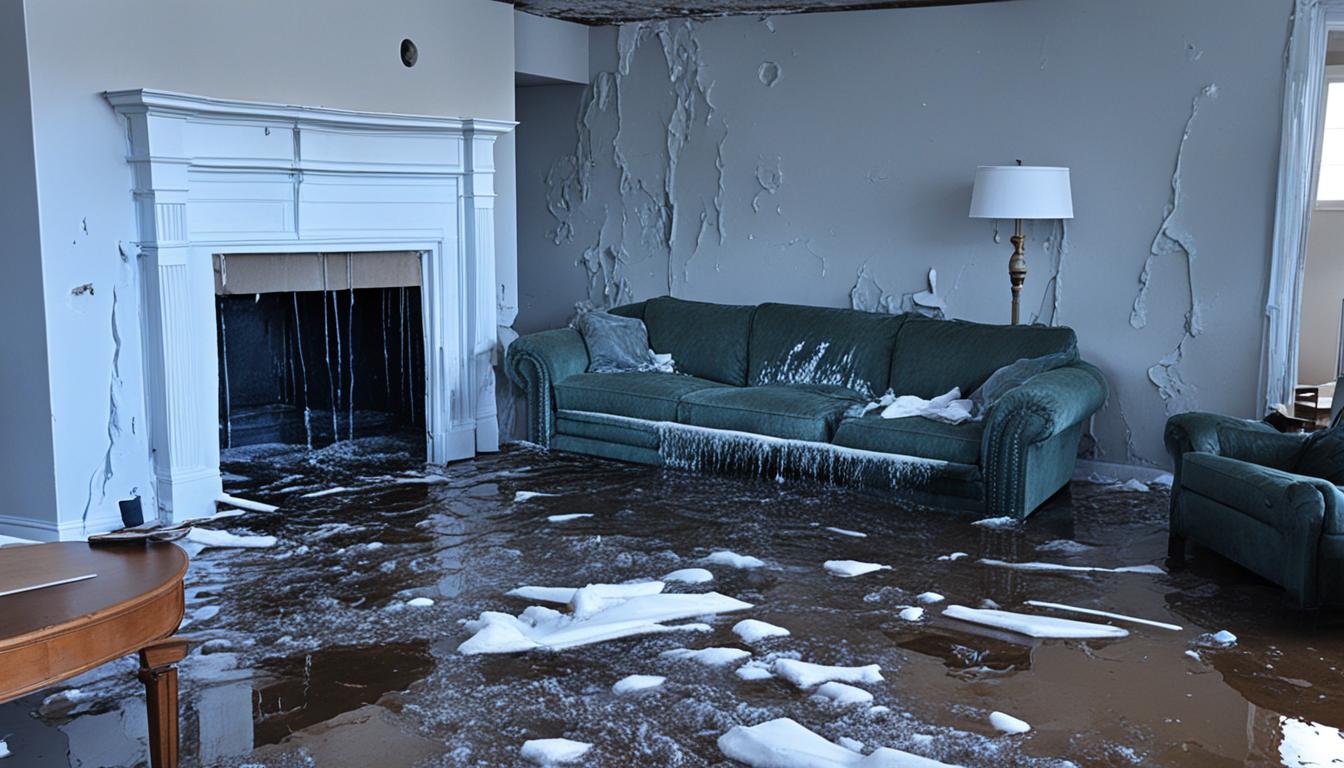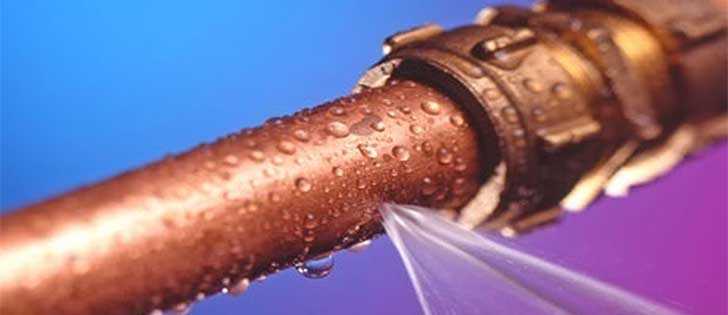How to Fix a Burst Pipe Yourself: A Step-by-Step Guide for Homeowners
How to Fix a Burst Pipe Yourself: A Step-by-Step Guide for Homeowners
Blog Article
Avoiding Ruptured Water Lines: Vital Tips to Shield Your Pipes
Stopping burst pipelines is an essential issue for homeowners, particularly throughout chillier months when the risk of cold is heightened. Carrying out tactical actions such as correct insulation, routine assessments, and preserving regular indoor temperature levels can dramatically minimize the possibility of pipeline failure.
Understand Pipe Vulnerabilities
Understanding pipe vulnerabilities is crucial for reliable pipes upkeep and preventing pricey damages. Several elements add to the susceptibility of pipelines to bursts, including material make-up, age, and environmental problems. Older pipes, especially those made from galvanized steel or polybutylene, frequently break down with time, causing boosted threat of leakages and ruptures.
Temperature variations can additionally dramatically impact pipe stability. In chillier climates, water caught in pipes can ice up, applying and expanding stress on the pipe walls, which may inevitably cause a burst. High water pressure can strain pipelines, specifically at bends and joints, heightening the likelihood of failure.

Insulate Piping Effectively
Appropriate insulation of pipes is vital for protecting against freezing and subsequent bursts throughout cold climate (burst pipe). Shielding your pipes system efficiently safeguards versus temperature level drops that can bring about costly damage. Begin by recognizing vulnerable areas where pipelines are subjected to outside temperature levels, such as cellars, attics, and exterior walls
Use foam pipe insulation sleeves or wrap insulation tape around these locations to supply a safety obstacle. Ensure that all sections of the pipelines, particularly those with limited warmth direct exposure, get ample insulation. Pay special attention to installations and joints, as these are more prone to freezing.
When protecting, it's important to select products that meet regional building ordinance and are appropriate for the specific setting. Fiberglass insulation is often suggested for its thermal resistance homes. Furthermore, think about utilizing warm cable televisions or tape in severe conditions, which can be plugged in to provide supplementary warm
Consistently evaluate protected pipes for any indicators of wear or damages, as jeopardized insulation can lessen its efficiency. By taking these aggressive steps, you significantly decrease the risk of pipeline bursts, making certain a dependable plumbing system throughout the winter season months.
Maintain Constant Temperature
A secure interior temperature is necessary for avoiding ruptured pipes during the cold months. When temperatures decline, water within pipes can ice up, increasing and creating pressure that might ultimately trigger the pipelines to ruptured. To reduce this danger, home owners must maintain a consistent temperature throughout their home, ideally no reduced than 55 ° F(13 ° C)Making use of a programmable thermostat can assist handle indoor temperature levels efficiently, guaranteeing that rooms with plumbing continue to be warm even when your house is empty. Pay special focus to areas that are much more susceptible to chilly, such as attics, basements, and garages. Keeping cabinet doors open under sinks can also permit warmer air from the home to circulate around plumbing.
Furthermore, it is sensible to enable faucets to trickle a little during severe cool spells. This small circulation of water can stop cold by reducing pressure within the pipes. Moreover, during particularly serious climate events, take into consideration momentarily suspending any type of nighttime troubles on your thermostat to Your Domain Name keep a stable cozy setting. By applying these approaches, homeowners can significantly reduce the danger of pipeline bursts and protect their plumbing systems versus the rough winter season elements.
Frequently Examine Plumbing
Regular assessments of pipes systems are critical for stopping ruptured pipelines and preserving total home stability. Regular checks permit home owners to recognize potential concerns prior to they intensify right into pricey fixings or significant water damage. Throughout these evaluations, it is important to analyze noticeable pipelines for indications of deterioration, leaks, or use. Pay unique interest to locations susceptible to cold, such as cellars, attics, and outside walls.
Additionally, checking links and joints is essential, as these factors are commonly at risk to leakages. Property owners must additionally assess water pressure levels, as excessive pressure can strain the pipes system and boost the danger of pipeline ruptureds.
Think about organizing specialist plumbing inspections at the very least once a year, particularly before wintertime, to guarantee your system is prepared for chillier temperatures. Regular examinations not just aid in recognizing prompt issues yet additionally foster long-term upkeep methods that can enhance the life-span of your pipes system. By being positive in your method, you can protect your home against the disruptive and costly effects of burst pipelines. Focusing on plumbing examinations is an investment in your home's health and wellness.
Know Emergency Situation Treatments
Recognizing emergency treatments is essential for each homeowner, specifically after performing regular plumbing inspections. Being gotten ready for a plumbing emergency situation can significantly alleviate damage and conserve expenses. Find your major water shut-off shutoff; it is usually located near the water meter or where like this the major line enters your home. Acquaint yourself with its operation, as shutting down the supply of water rapidly can prevent substantial flooding.
Next, maintain important tools useful. A pipes emergency package need to include a wrench, bettor, and towels, in addition to a flashlight and a bucket for small leaks. Additionally, take into consideration having the contact information for a trusted plumbing professional readily offered, ought to the circumstance escalate past your control.
If you identify a leak or ruptured pipeline, instantly shut off the supply of water and alert your plumbing. Moreover, document the damages with photos for insurance coverage functions. burst pipe. Be aware of the indications of prospective pipes problems, such as unusual water stress variations or damp spots on wall surfaces
Inevitably, positive expertise and swift activity are critical in managing pipes emergency situations, ensuring your home continues to be safeguarded and minimizing potential damages.

Final Thought
To conclude, protecting against burst pipes requires a complex strategy that includes understanding pipe vulnerabilities, appropriate insulation, preserving regular indoor temperature levels, normal assessments, and knowledge of emergency procedures. By applying these necessary strategies, the danger of pipes failings can be significantly reduced, thereby ensuring the durability and performance of the pipes system. Proactive steps not only guard against potential damage however also contribute to overall water conservation and the defense of residential property.
In colder environments, water entraped in pipes can freeze, applying and expanding stress on the pipeline walls, which might eventually lead to a burst. When temperature levels decrease, water within pipelines can ice up, hop over to here expanding and producing pressure that might ultimately cause the pipes to ruptured. By applying these strategies, home owners can dramatically reduce the risk of pipe ruptureds and guard their pipes systems against the extreme winter months elements.

Report this page